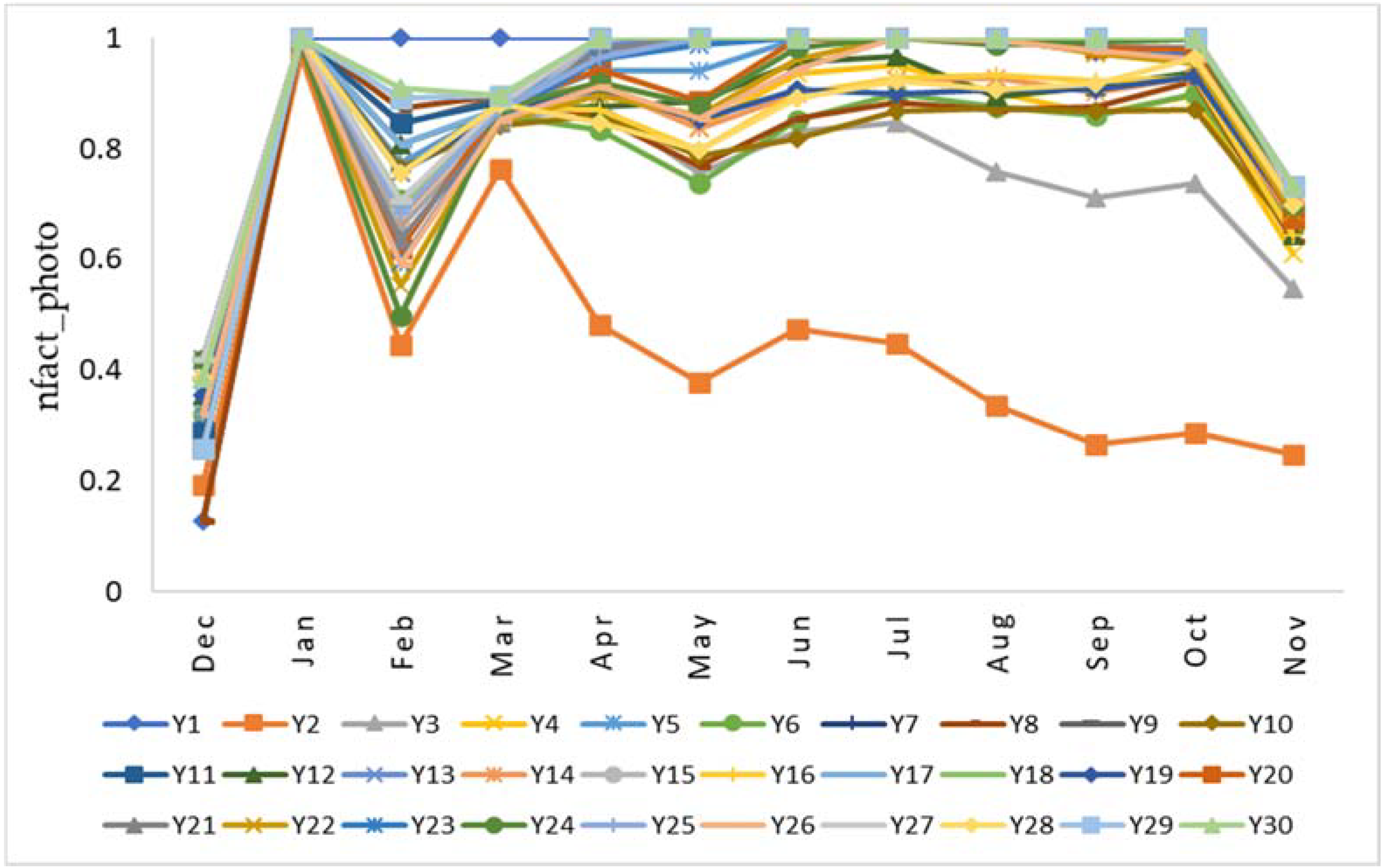

Comparison of sensitive stages of wheat, barley, canola, chickpea and field pea to temperature and water stress across Australia. Agricultural Water Management 208, 268–274. Use of inverse modelling and Bayesian optimization for investigating the effect of biochar on soil hydrological properties. ĭokoohaki, H., Miguez, F.E., Archontoulis, S., Laird, D., 2018. Science of the Total Environment 610, 219–233. Decadal analysis of impact of future climate on wheat production in dry Mediterranean environment: A case of Jordan. Potential of the APSIM model to simulate impacts of shading on maize productivity. ĭilla, A., Smethurst, P.J., Barry, K., Parsons, D., Denboba, M., 2018.

Science of the Total Environment 637, 1127–1136. Sugarcane yield gap analysis in Brazil – A multi-model approach for determining magnitudes and causes. Drying-Off Periods for Irrigated Sugarcane to Maximize Sucrose Yields Under Brazilian Conditions. Effects of climate change and adaptation on the livestock component of mixed farming systems: A modelling study from semi-arid Zimbabwe. ĭescheemaeker, K., Zijlstra, M., Masikati, P., Crespo, O., Tui, S.H.-K., 2018. International Journal of Plant Production 12, 115–125. Effect of Future Climate Change on Wheat Yield and Water Use Efficiency Under Semi-arid Conditions as Predicted by APSIM-Wheat Model. ĭeihimfard, R., Eyni-Nargeseh, F., Mokhtassi-Bidgoli, A., 2018. Can we use crop modelling for identifying climate change adaptation options? Agricultural and Forest Meteorology 256, 46–52. Ĭorbeels, M., Berre, D., Rusinamhodzi, L., Lopez-Ridaura, S., 2018.

Performance of a fertiliser management algorithm to balance yield and nitrogen losses in dairy systems. Ĭichota, R., Vogeler, I., Werner, A., Wigley, K., Paton, B., 2018b. Science of the Total Environment 635, 1392–1404. Lateral spread affects nitrogen leaching from urine patches. Ĭichota, R., Vogeler, I., Snow, V., Shepherd, M., McAuliffe, R., Welten, B., 2018a. Response to “Comments on ‘Linking Land Use Capability classes and APSIM to estimate pasture growth for regional planning’ in Soil Research 54, 94-110 (2016).” Soil Research 56, 216–217. Agricultural and Forest Meteorology 260, 247–254. Seasonal climate forecasts provide more definitive and accurate crop yield predictions. European Journal of Agronomy 100, 141–150. Crop model improvement in APSIM: Using wheat as a case study. Modelling soil-water dynamics in the rootzone of structured and water-repellent soils. īrown, H., Carrick, S., Mueller, K., Thomas, S., Sharp, J., Cichota, R., Holzworth, D., Clothier, B., 2018a. Assessment of crop-management strategies to improve soybean resilience to climate change in Southern Brazil. īattisti, Rafael, Sentelhas, P.C., Parker, P.S., Nendel, C., Camara, G.M.D.S., Farias, J.R.B., Basso, C.J., 2018. International Journal of Biometeorology 62, 823–832. Sensitivity and requirement of improvements of four soybean crop simulation models for climate change studies in Southern Brazil. Direct and Indirect Costs of Frost in the Australian Wheatbelt. Direct and indirect costs of frost in the Australian wheatbelt. Long term biochar effects on corn yield, soil quality and profitability in the US Midwest. Journal of Plant Nutrition 41, 2069–2084. Adapting and evaluating APSIM-SoilP-Wheat model for response to phosphorus under rainfed conditions of Pakistan.


 0 kommentar(er)
0 kommentar(er)
